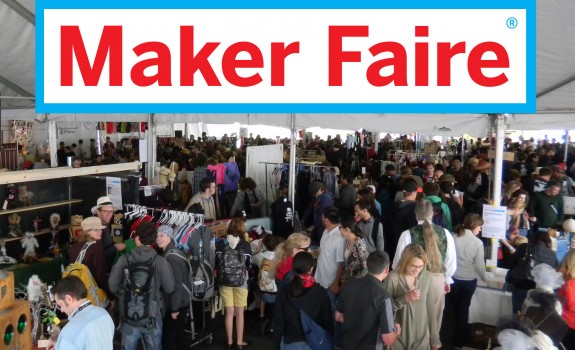Crafty businesses are pissed about the Consumer Product Safety Improvement Act. Really pissed. On the surface it sounds good, and it certainly has good intentions behind it, but it carries a lot of new requirements that could put a lot of crafters out of business during a time when it’s already hard enough to get by.
The CPSIA sets new standards for the amount of lead and phtalates allowed in children’s products–from clothing to toys to furniture–which is good, in theory. In practice, however, it requires every material in every component in every color of every product to undergo testing, which can cost thousands of dollars per product. It also requires resellers of children’s products to carry safety certificates (GCC’s) for any regulated product they buy after February 10th (when the law goes into effect). While large, foreign toy manufacturers may be able to absorb these costs, small domestic businesses and individual crafters may not.
Unsurprisingly, small businesses have been in an uproar about the CPSIA–so much so, in fact, that the issue reached #6 yesterday on Change.org, putting it safely within the top ten issues which will be presented to President-Elect Obama’s transition team. People on Etsy.com have been petitioning the Consumer Product Safety Commission regularly, as have many popular small business bloggers. Luckily, with the economy in the tank and public opinon firmly on the side of Main Street, these petitions seem to be getting heard. Just last week Bloomberg News reported that “wool, cotton, silk, gemstones and pearls” would all be exempt from testing. The L.A. Times also reported exemptions for “clothing, toys and other goods made of natural materials such as cotton and wood.” And the CPSC itself released a statement on January 8th, stating: “Sellers of used children’s products, such as thrift stores and consignment stores, are not required to certify that those products meet the new lead limits, phthalates standard or new toy standards.”
That’s a big relief, and of course the hope is that the CPSIA will continue to be updated to protect both children’s safety and the livelihood of small businesses, but we’re not off the hook yet. All of the above statements are just press releases. Nothing in the text of the law has actually been changed yet. So what can you do as a small business owner? First, submit your own comments to the CPSC by January 30th. All the contact information can be found on the second page of this document. Second, prepare your business if you sell any children’s products:
- Contact the manufacturers of your materials to see if they have already tested their products. If so, ask for a copy of their safety certificate. If not, ask that they be tested (perhaps in conjunction with others who use their materials), or seek alternative manufacturers.
- See if your products can be made with alternative materials. Can your children’s jewelry be made with wooden beads rather than plastic ones? Can that headband be made out of cotton, rather than polyester?
- Contact your local representatives in Congress about this issue, or draft a petition and have all the crafters you know sign it.
There is still a lot of room for change in the CPSIA, but it won’t happen by itself, so be a swimmer and take responsibility for the survivial of your own business.
Tags: change.org, children's products, congress, consumer safety, cpsc, cpsia, crafty business, etsy, lead law, lead testing, product safety, product testing, pththalte testing, small business law, toy recalls, toy safety





